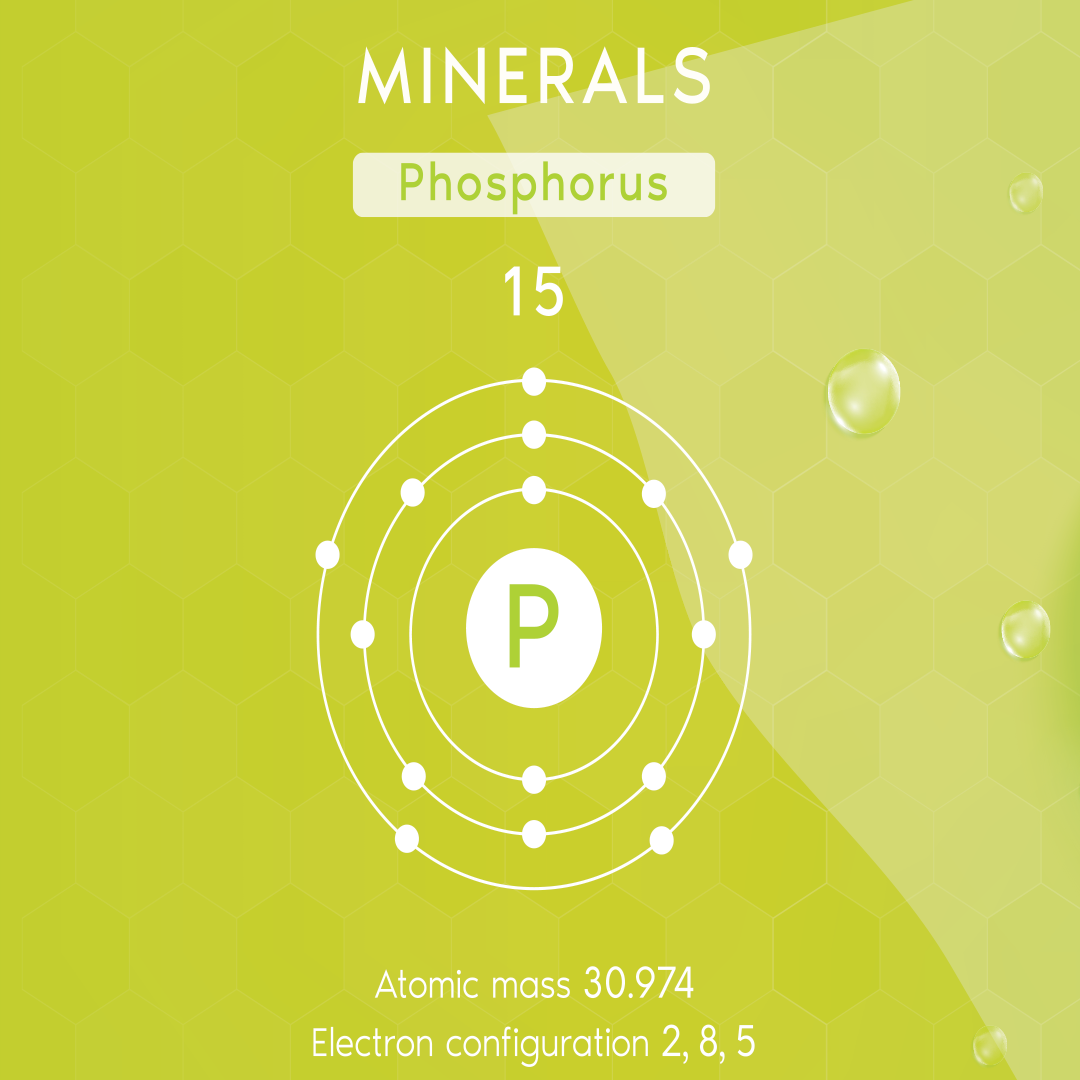This is the first of 5 blogs in our deep dive series into Phosphorus (P)-solubilization as it relates to microbial inoculants.
Farmers are excited about P-solubilizing inoculants. Based on our response rate this year interest in our P-solubilizing products is wide ranging among growers of all types across North America. However, growers are still cautious about buying ag-biologicals. They want to know that the products they buy are going to work on their crop. So, we have decided to write a series of blogs to help growers and retailers make the right choices when it comes to P-solubilizing inoculants by explaining the What, How, Where, When and Why of P-solubilization. In this blog we explain: What is P-solubilization.
P performs many important biochemical functions in plants that help them to grow.
Biochemical roles:
- Critical building block of DNA and RNA
- Important role in photosynthesis
- Transfer of energy throughout the plant
Benefits provided:
- Stimulate root development
- Flowering and seed production
- Critical role in health and development throughout the plant’s life cycle (1)
P is found naturally in different concentrations in the soil. For example: Soils across the prairies already contain 400 to 2,000 pounds per acre of total P (2). However not all P is available for uptake by plants. So even high P soils can produce crops that suffer from P deficiencies. P suffers from two different factors that make it unavailable to plants (3, 4):
- P is physically unavailable. P is physically very immobile in the soil. So only the P that is near the root zone (rhizosphere) is available to the plant.
- P is chemically unavailable. P tends to bind with Iron (Fe) in Low pH soils 4.5, aluminum (Al) in medium pH soils (4.5.-5.5 and calcium (Ca) in higher pH soils >5.5 (3, 4).
There are steps that farmers can take to help counteract these reactions. Soil pH levels can be adjusted through measures such as liming. Available P levels can be increased through the addition of animal manure, rock phosphate or chemical fertilizers. However, even when commercial P is applied under the best conditions less than half is available for plant use (5)! This is because of the immobilization of P through physical and chemical locking as described earlier.
This is why farmers have been looking towards microbial solutions to solubilize P making it more available to plants. P-solubilizing microbes have always existed in nature. They allow the storehouses of immobile P in the soil to gradually be used by plants. Indeed, the fact that P becomes immobile in the soil is good because it allows for the long-term storage of P in nature and means that not much P is lost through leaching into the air or groundwater like with nitrogen. However natural processes are not efficient or quick enough to meet the needs of modern industrial farming.
P-solubilizing inoculants have been designed specifically to meet the needs of modern farmers. They concentrate naturally occurring microbes that have been selected specifically for their P-solubilizing properties. XiteBio® Yield+ is a proven P-solubilizing inoculant. With XiteBio® Yield+ selected microbes are applied directly to the root zone of the plant in much higher concentrations than they would be found in nature. This allows for P-solubilization that meets the needs of modern agriculture and provides the P that is needed by oilseeds, cereals, legumes and tuber crops.
Join us on our next blog when we look at the How of P solubilization, the biochemical mechanisms that allow these microbes to solubilize P.
- https://www.cropnutrition.com/nutrient-management/phosphorus
- https://www.canolacouncil.org/canola-encyclopedia/fertility/phosphorus/
- https://www.noble.org/news/publications/ag-news-and-views/2002/january/understanding-phosphorus-behavior-in-soils/
- https://www.princeedwardisland.ca/en/information/agriculture-and-land/understanding-factors-controlling-phosphorus-availability-crop
- https://www.croplife.com/crop-inputs/fertilizer/why-is-phosphorus-unavailable-in-the-soil/


